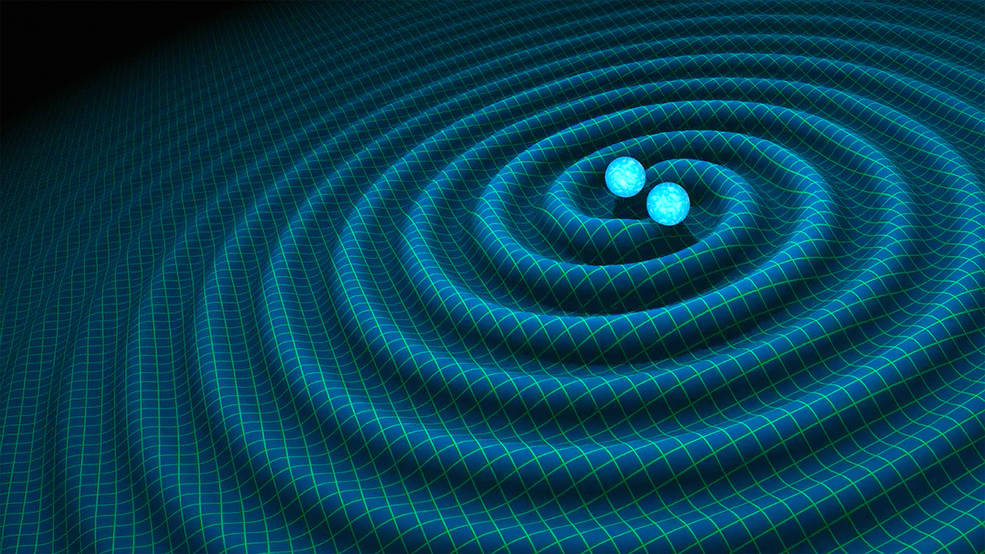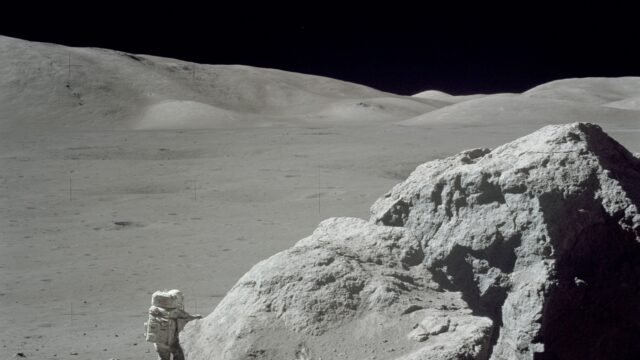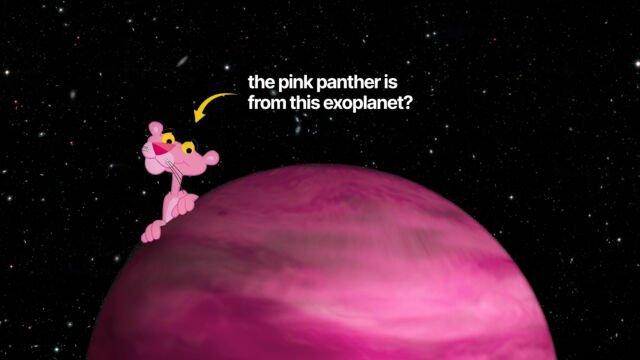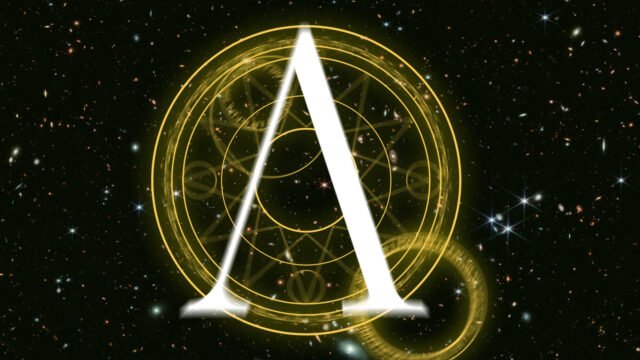Gravitational Waves were first detected by LIGO (Laser Interferometer Gravitational-Wave Observatory) in 2015.
15 years of data acquired by the North American Nanohertz Observatory for Gravitational Waves (NANOGrav), Physics Frontier Center(PFC) along with 190 scientists from the US and Canada observed the Gravitational-wave signal with the Arecibo Observatory in Puerto Rico, the Green Bank Telescope in West Virginia and the Very Large Array in New Mexico.[1]
What are Gravitational Waves?
Gravitational waves are ripples in space-time caused by massive stellar processes, Albert Einstein predicted in his general theory of relativity, that Binary systems like Black Holes or Neutron stars accelerating in space-time would cause ‘waves’ of space-time to propagate in all directions away from the system.
This is by far the most substantial evidence of Gravitational waves, which were predicted by Einstein way back in 1916.
Pulsars spin rapidly (roughly about 700 rotations per second), creating beams of radio waves through space so that they appear to ‘pulse’ when seen from the Earth, these waves are consistent, making them a giant cosmic clock, in reality, the timing of the pulses is influenced by such as the gas and dust in the interstellar medium and motions of pulsars as well as Earth in the Milky Way.
What are Pulsars?
A pulsar is a rotating neutron star, the remnant of a supernova explosion, with regular pulses of electromagnetic waves.
Einstein predicted accurately predicted how gravitational waves would affect pulsar signals.
Astrophysicists used the technique called Pulsar Timing Array, which used 68 Millisecond Pulsars (pulsars with a rotational period of less than about 10-millisecond) in the Milky Way to form a detector for gravitational waves, by stretching and squeezing the fabric of space, gravitational waves affect the timing of each pulse in a small (by a few tens of nanoseconds) but predictable way, delaying some while advancing others.
These abnormalities are detected by the large radio telescopes on Earth, “Pulsars are actually very faint radio sources, so we require thousands of hours a year on the world’s largest telescopes to carry out this experiment,” said Dr. Maura McLaughlin of West Virginia University, and Co-Director of the NANOGrav PFC.
The sources of these gravitational waves are unknown, however, Supermassive Black Holes with masses millions or billions of times the mass of our Sun orbiting each other, are expected to be the cause, as these gigantic black holes orbit each other, they produce low-frequency gravitational waves.
Scientists are seeking answers for the ‘hum’, gravitational wave signals from these binary black holes are expected to overlap and produce a ‘hum’ which creates an interesting pattern in pulsar timing data.
By the strength of the signal NANOGrav receives, massive black hole binaries in the universe must number in millions.
The ‘hum’ provides insights into how these Supermassive Black Holes emerge and grow, however, scientists are concerned that these black holes may forever orbit each other and wouldn’t cause a background hum if they don’t come close to each other.
“At one point, scientists were concerned that supermassive black holes in binaries would orbit each other forever, never coming close enough together to generate a signal like this, but now we finally have strong evidence that many of these extremely massive and close binaries do exist. Once the two black holes get close enough to be seen by pulsar timing arrays, nothing can stop them from merging within just a few million years.” stated Dr Luke Kelley of the University of California, Berkeley, and Chair of NANOGrav’s astrophysics group.
Some gravitational wave signals from the Big Bang itself may make up a small percentage of the signals received and could reveal more about the origin of the universe.
References
- Gabriella Agazie et al., ‘The NANOGrav 15 yr Data Set: Evidence for a Gravitational-wave Background’, The Astrophysics Journal Letters, 29 June 2023, “We report multiple lines of evidence for a stochastic signal that is correlated among 67 pulsars from the 15 yr pulsar timing data set collected by the North American Nanohertz Observatory for Gravitational Waves.”, https://iopscience.iop.org/article/10.3847/2041-8213/acdac6[↩]





